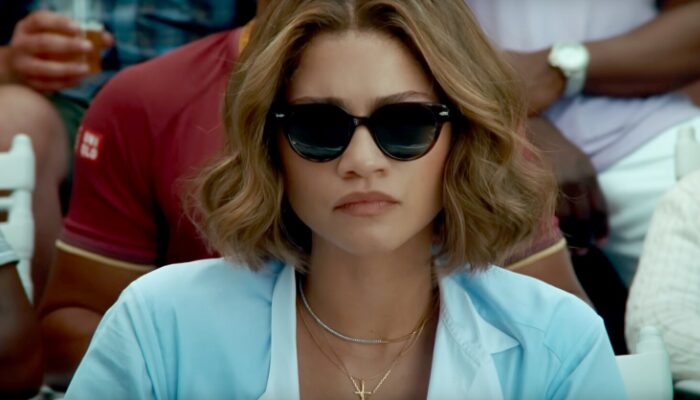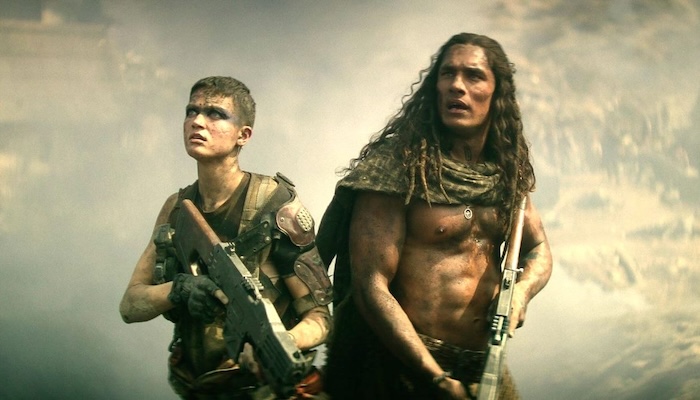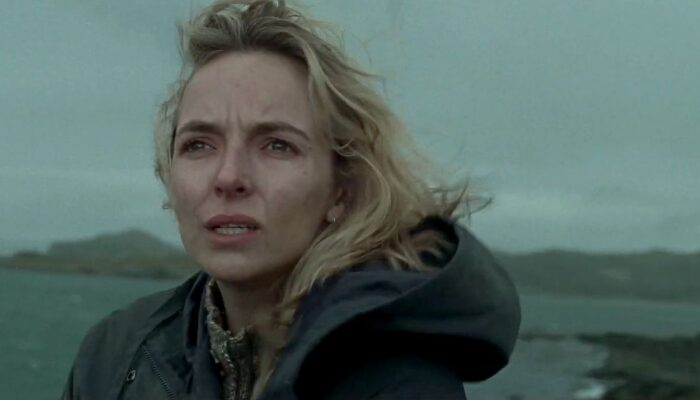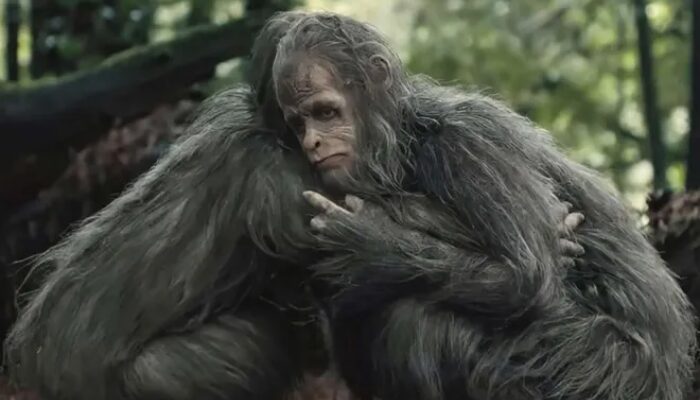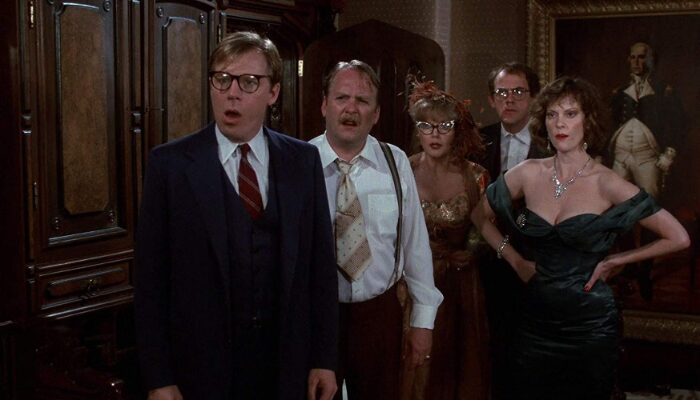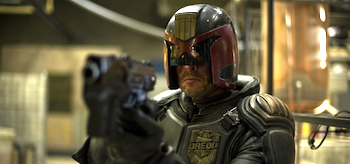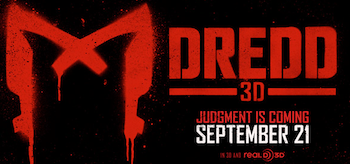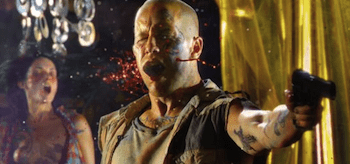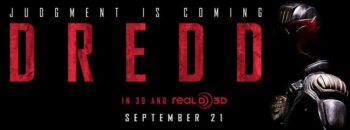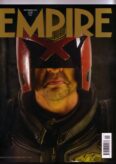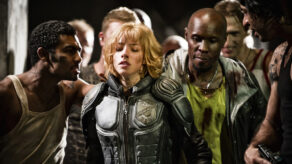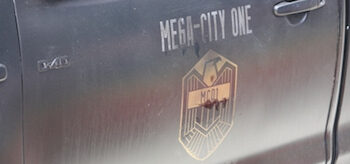Film Review: DREDD (2012): Karl Urban, Lena Headey, Olivia Thirlby
Dredd (2012) Film Review, a movie directed by Pete Travis and starring Karl Urban, Lena Headey, Olivia Thirlby, Domhnall Gleeson, Santi Scinelli, Domhnall Gleeson, Santi Scinelli, Jason Cope, Deobia Oparei, Langley Kirkwood, Rakie Ayola, Brandon Livanos, Allen Irwin, Joe Vaz, and Scott Sparrow.
Unlike its predecessor, the film housing the new incarnation of Judge Dredd is succinct, brutal, and knows exactly what it is: a boiled-down action movie with no higher pretensions. Its cold and unapologetic, like the Judges that patrol the streets of Mega-City One and the mentality of Watchmen Rorschach.
The film presents three view points of the future: Judge Dredd (Karl Urban)’s, Judge Cassandra Anderson (Olivia Thirlby)’s, and Madeline Madrigal / Ma’ma (Lena Headey)’s. Judge Dredd is disillusioned about the inhabitants of Mega-City One. Judge Anderson is optimistic about Mega-City One and its people, having worked her way up from the dregs. Ma’ma is a product of the world she inhabits, disfigured by it inside and out like Sergeant Barnes in Platoon. She is intimidating and pugnacious, using violence to keep order and the Ma’ma Clan obedient.
The Ma’ma Clan and the Judges exist in Mega-City One, a nightmare, daytime version of the future world seen in Blade Runner: overpopulated, poverty-stricken, dirty but worse: irradiated, mutation-ladened where dead bodies are automatically “re-cyed”. All of Dredd is grounded in this reality, a bleak reality, without the fluff seen in some comic book adaptations (e.g. outfits are body armor in Dredd, masks are helmets) or dystopic views of humanity’s future.
Mutation in the future, like in Waterworld, is handled lightly in Dredd, never taking center stage but walking beside it, flanking it, stepping in when needed then stepping back out again.
Mutation or what could be seen as the evolutionary next step, is only touched upon briefly through a diatribe Judge Anderson has to endure by Ma’ma Clan member Kay (Wood Harris). From the camera angle on her while it is being spoken, its clear Kay is speaking truths that Anderson either knows or has felt personally before.
Like the diatribe, the past is a quicker means to an even faster paced end in Dredd. Flashbacks only relate what is necessary to give the viewer a certain characters’ point of view, a brief, visual interior monologue.
Those quick flashes and clipped editing style do not stop with the past but are also used for Judge Anderson’s physic abilities. When Kay says: “If I was trying to shock you, I would have thought of this.”, director Pete Travis doesn’t show the viewer the images she sees in her mind but makes the decision to keep the camera on Anderson’s face. The incense that passes across it and her violent reaction tells the viewer all they need to know about what she saw.
Showing the horrors of Mega-City One comes easily for the film but so do tiny instances of pretty grandeur. One of the best CGI moments in the film was when Judge Dredd and Judge Anderson punch through the wall of Peach Trees at night and Anderson looks out over the night landsccape of Mega-City One. Its a beautiful shot and one of the few quite moments in the film during the escalating carnage.
The violence in Dredd serves the film (e.g. Judge Anderson’s first execution) and not itself. The opening street battle sequence is excellent, setting up the battle tone of the film. Ma’ma’s death scene could have been better (the exaggerated slow motion was a bit much). Judge Dredd took a big chance in killing her the way he did. It was reckless. Extremely reckless.
On the opposite side of the responsibility scale were the other peacekeepers in Dredd and the different sections of the Hall of Justice, resembling a modern day police department but far more high-tech e.g. the drone camera, the city-wide overwatch, the Lawmaster motorcycles, and the Lawgiver handguns.
The Lawgiver detonation scene, mentioned as a possibility in Danny Cannon‘s Judge Dredd, was good but it also made no sense. Kay said he always wanted a Lawgiver, which means he must have heard about them, the ammunition they fire, and what it does when a non-Judge picks one up yet he picks it up anyway. It made no sense. Also, at the end of the scene, how does Anderson get out of her handcuffs (or whatever was restraining her hands) when down on her knees after the explosion?
Another question mark was Judge Anderson’s telepathic ability not working if she wears her Judge’s helmet. If Judge Anderson’s helmet blocks her ability to read minds, wouldn’t people wearing that exact same helmet be protected from probes by her ability? If her ability can’t penetrate the interior of her helmet, how can it penetrate the exterior of other Judge’s helmets? This was a big plot hole in Dredd but no bigger than the Microwave Emitter not killing human beings (who are made up of 90% water) when it was turned on in Batman Begins.
When Dredd throws Japhet (Scott Sparrow) off a floor with Ma’ma watching from across the giant middle opening of Peach Trees, turning then walking back into the red smoke like a phantom, why didn’t she fire at him, or order someone else to fire?
What is the point of a Judge’s body armor if it doesn’t stop bullets? Two corrupt Judges die by getting shot in the front of their body armor by bullets and one gets shot in the back (Judge Lex). Isn’t their body armor and helmets bulletproof? I guess that is too much to ask of body armor, especially when you are charged with policing one of the most violent cities in history.
The biggest plot gaff in Dredd was Ma’ma’s Peach Trees bunker. She goes into her bunker and leaves the only person that can possibly get the Judges into the bunker – the Ma’ma Clan Techie (Domhnall Gleeson) – outside of the bunker (right outside of it, adjacent to it so he is easy to find). Asinine plot point. Sloppy. Why not bring him inside the bunker with you? In addition, the control room of the Ma’ma Clan – used to manipulate the Peach Trees Mega-Block through the entire film – is outside of the bunker. Why not place that room inside the bunker with the Ma’ma Clan Techie so that you can continue to control the building, call for back up, and rain fire down on the Judges from a bulletproof location? That would have been too much to ask of Ma’ma and Dredd‘s screenwriters, I know that, too much basic fore-thought and common sense before a siege.
Guess what the viewer’s response is to all this? The viewer goes with it (like the-strong-taking-from-the weak plotline of Avatar), forgiving these easily correctable, egregious writing mistakes because the overall film is good e.g. entertaining (think a higher-end, bigger budget Universal Soldier: Regeneration with CGI, a sprinkling of sub-text, and a drenching of red cool).
Rating: 8/10
Related Articles
FilmBook's Newsletter
Subscribe to FilmBook’s Daily Newsletter for the latest news!

